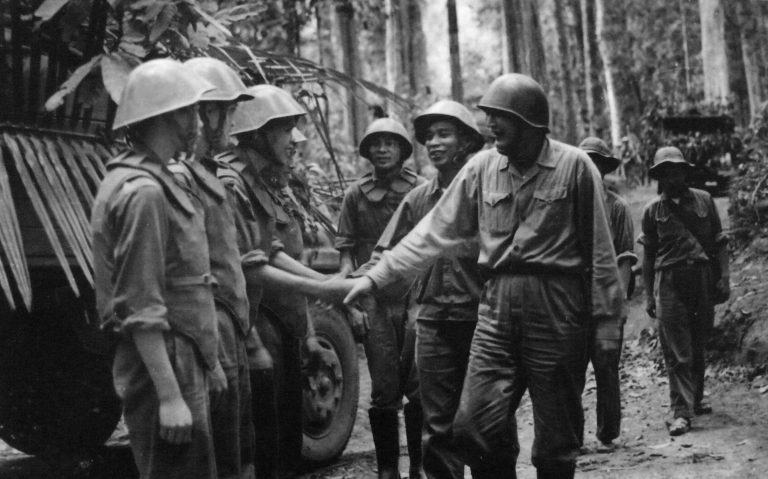The Disaster of Route Coloniale 4
During the First Indochina War (1945–1954), the Battle of Route Coloniale 4 was a disastrous sequence of battles where French forces suffered catastrophic losses. It took place along Route Coloniale 4 (RC4, also known as Highway 4), a rough road used to supply a French military base in Cao Bang. Several units of the French army were annihilated and essentially ceased to exist as fighting units. Some 4,800 French were killed or wounded, while 2,000 went missing or were captured.
Vo Nguyen Giap and the VPA
During the French Indochina War, French forces attempted to re-establish colonial control of Vietnam, while nationalist forces led by Ho Chi Minh fought for independence. Initially, the Viet Minh People’s Army of Vietnam (VPA) failed to deal with the better trained and equipped French forces.
In early 1950, the VPA’s military commander, Vo Nguyen Giap, began an offensive against the French. On May 25, 2,500 VPA troops stormed the French bastion at Dong Khe, located in the strategic heart of RC4, cutting off the supply line between Cao Bang and Lang Son. On May 27, French paratroopers retook Dong Khe, and a company of Legionnaires assumed command of the fort.
Over time, the VPA expanded in size and experience, and comprised approximately 100,000 soldiers in 70 battalions by the beginning of September, with an additional 33 battalions of regional forces (40,000 men) and 60,000 local support people. With mines and ambushes, Giap began harassing French positions along RC4. The French retaliated by demolishing their tiny outposts along the route and concentrating their forces at Dong Khe and Cao Bang.
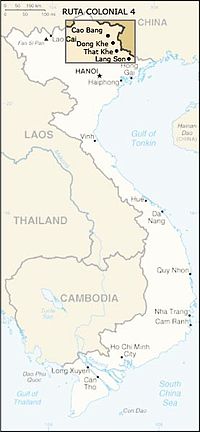
The Attack on Dong Khe
The VPA launched an assault on Dong Khe on September 16. Around 300 French troops defended the fort at the time. Following fierce fighting, only 12 survivors escaped to the adjoining garrison at That Khe, and the fort was overrun on September 18. A total of 140 Legionnaires were captured, with the rest killed or missing in action.
That Khe was reinforced on September 17, and French troops remained there while French colonial forces gathered at Lang Son. The combined force, known as Groupement Bayard, consisted of 3,500 men under Colonel Le Page’s leadership.
The Evacuation of Cao Bang
Meanwhile, French Indochina’s commander-in-chief, General Marcel Carpentier, decided to evacuate Cao Bang. Colonel Charton, the commander of the Cao Bang fort, was instructed to destroy his heavy equipment and motor transport and flee to Dong Khe. The idea was for Groupement Bayard to fight its way north from That Khe and seize Dong Khe, holding it until the Cao Bang group arrived. Charton’s force consisted of 2,600 troops and 500 civilians, the latter primarily consisting of pro-French Thai partisans and their families.
Groupement Bayard started from That Khe on September 30. Giap, meanwhile, had placed ten battalions around Dong Ke, backed up by an entire artillery regiment. The French soldiers were forced to retreat and wait for air support after being pushed back by the VPA. On October 2, Le Page resumed the attack, advancing west to avoid Dong Khe due to overwhelming VPA forces.
Meanwhile, Colonel Charton’s group left Cao Bang on October 1, defying instructions and taking the heavy equipment with him. VPA ambushes hampered the group’s progress down RC4. On October 5, after an intense battle, they abandoned their heavy equipment and joined Groupement Bayard in the hills around Dong Khe.
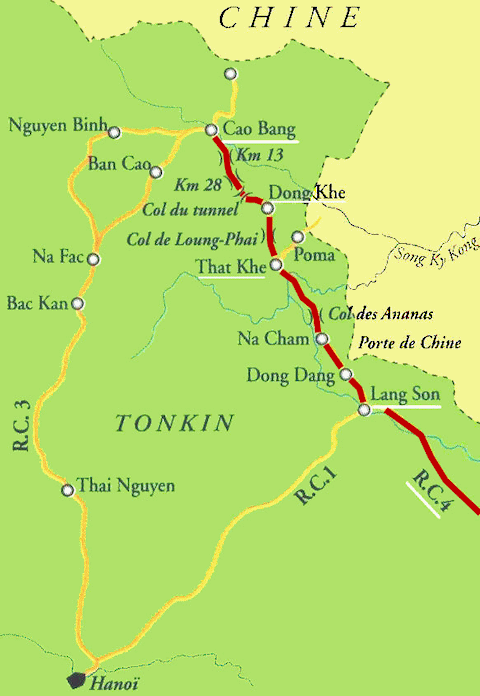
Coc Xa Massacre
The French were forced to head south from Dong Khe and cut through kilometres of jungle with machetes, eventually getting themselves into an authentic jam — they were sealed off and imprisoned in Coc Xa, a limestone gorge, where they were obliterated by October 7. Only 130 Legionaries survived the ordeal, escaping by clambering down a 75-foot cliff with their wounded comrades bound to their backs.
On October 8, reinforcements parachuted into That Khe to help the besieged troops but were annihilated during the following week. Only 23 people made it back to the French lines alive.
Lang Son Abandoned
Only 700 of the over 6,000 French soldiers and civilians who took part in the operation made it to back French lines. On October 17, the next French base to the south, Lang Son, was abandoned, and vast amounts of food and military supplies were left undestroyed. The abandoned stockpiles, including 11,000 tons of ammunition, 4,000 new submachine guns, and hundreds of litres of gasoline, allowed the VPA to press forward towards Hanoi, where they were stopped by overwhelming French airpower. Despite this loss, Giap now controlled the entire northeast border with China, enabling the uncontested flow of supplies from communist China. The opening moves of the First Indochina War were now over, and the war was to increase in size and tempo until the decisive fall of Dien Bien Phu in 1954 marked France’s loss to Giap and the VPA.

